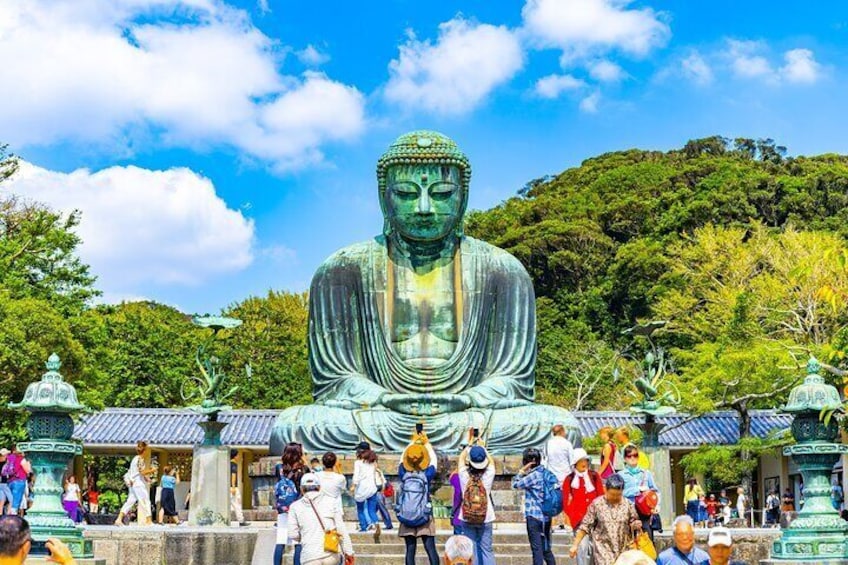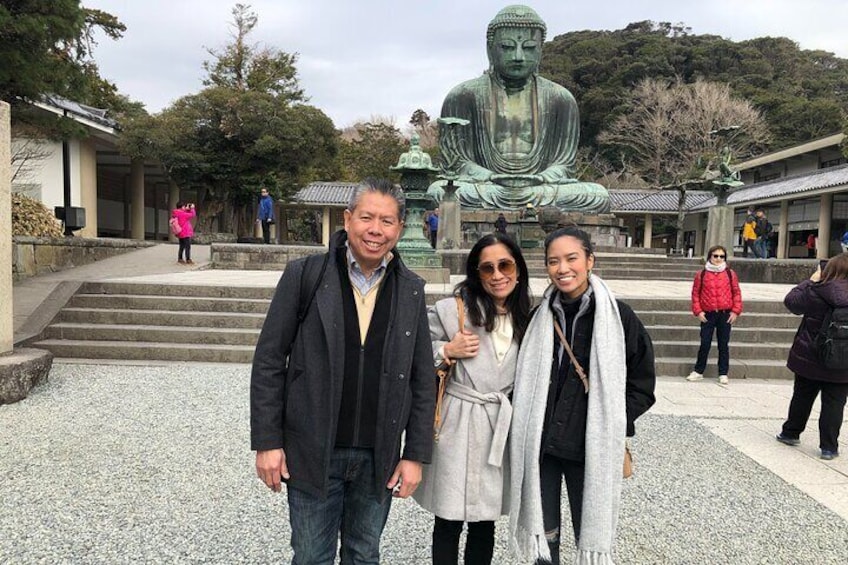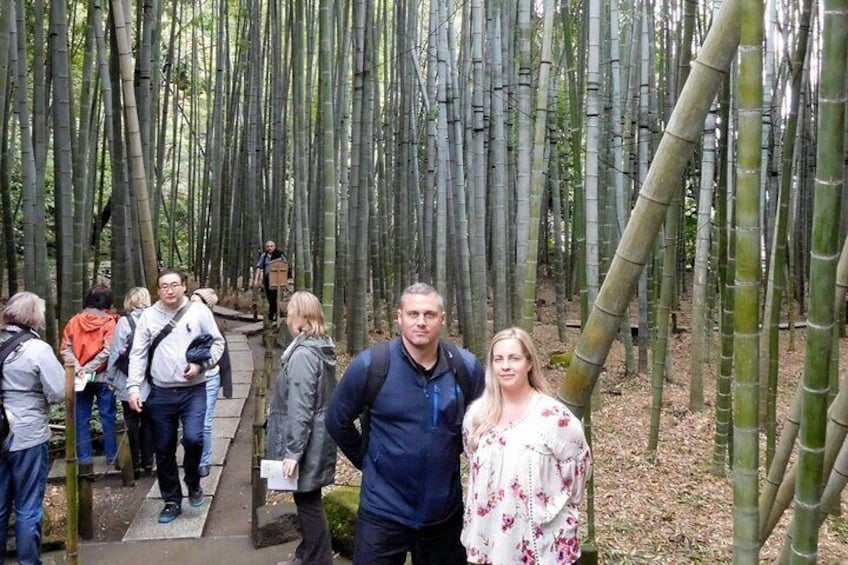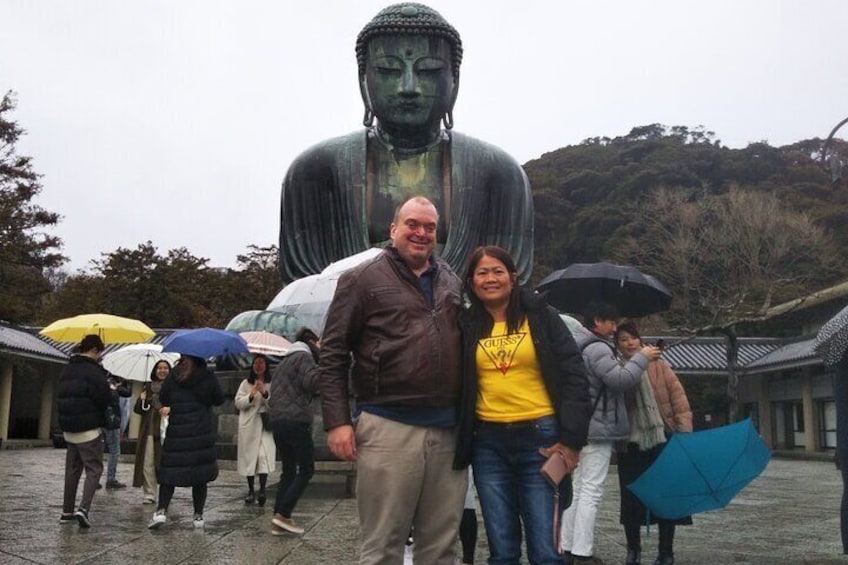Members save 10% or more on over 100,000 hotels worldwide when you’re signed in





Kamakura All Must-Sees Private Chauffeur Sightseeing with a Driver (Tokyo DEP.)
10/10
10 out of 10Features
- Free cancellation available
- 8h
- Mobile voucher
- Instant confirmation
- Selective hotel pickup
Overview
The tour for independent travelers to discover Kamakura on their own but, with the ease of having an English-speaking chauffer. Relax as your chauffer takes you around Kamakura in style and comfort.
Take a breath of fresh sea air when you visit Kamakura. Kamakura’s temples and shrines are known for beautiful gardens. View the ocean from the highest points of the temples and write your wish on an oyster shell. The over 11 meters tall Great Buddha is an icon of the area residing in Kotokuin Temple. After the temples and shrines, stop by the old Komachi shopping street. Locals and tourists alike flock here. Try some Hatosabure, dove shaped biscuits, while you are there. Kamakura has much to offer and we hope to guide you soon!
Tour details may change due to traffic conditions. Travel time between Tokyo and Kamakura is about 70 min. Specific vehicle types are not available for request. Tour does not include guide. Maximum number of passengers: 7.
Activity location
- Hase-dera Temple
- 3-11-2 Hase,
- 248-0016, Kamakura, Kanagawa Prefecture, Japan
Meeting/Redemption Point
- Hase-dera Temple
- 3-11-2 Hase,
- 248-0016, Kamakura, Kanagawa Prefecture, Japan
Check availability
Van(Up to 8 PAX)
- 8h
Van(Up to 8 PAX)
Pickup included
Minivan(Up to 5 PAX)
- 8h
Minivan(Up to 5 PAX)
Pickup included
What's included, what's not
- Private vehicle
- English speaking driver
- Customizable Tour of your choice of 3-4 sites from 'What to expect' list'
- Licensed Local English Speaking Guide
- Entrance fees, Lunch, and Other personal expenses
- You cannot combine multiple tour groups.
Know before you book
- Wheelchair accessible
- Infants and small children can ride in a pram or stroller
- Service animals allowed
- Public transportation options are available nearby
- Specialized infant seats are available
- Transportation options are wheelchair accessible
- All areas and surfaces are wheelchair accessible
- Suitable for all physical fitness levels
Activity itinerary
Hase-dera Temple
- 1h
- Admission ticket not included
Kotoku-in (Great Buddha of Kamakura)
- 1h
- Admission ticket not included
Kencho-ji Temple
- 30m
- Admission ticket not included
Tsurugaoka Hachimangu Shrine
- 1h
Hokokuji Temple (Takedera Temple)
- 30m
- Admission ticket not included
Enoshima Island
- 30m
Engaku-ji Temple
- 15m
- Admission ticket not included
Zeniarai Benten Shrine
- 10m
- Admission ticket not included
Meigetsuin (Hydrangea Temple)
- 15m
- Admission ticket not included
Ankokuronji Temple
- 15m
- Admission ticket not included
Jomyo-ji Temple
- 15m
- Admission ticket not included
Zuisen-ji Temple
- 15m
- Admission ticket not included
Myohonji Temple
- 15m
- Admission ticket not included
Jochiji Temple
- 15m
- Admission ticket not included
Tokeiji Temple
- 15m
- Admission ticket not included
Jufukuji Temple
- 15m
- Admission ticket not included
Location
Activity location
- Hase-dera Temple
- 3-11-2 Hase,
- 248-0016, Kamakura, Kanagawa Prefecture, Japan
Meeting/Redemption Point
- Hase-dera Temple
- 3-11-2 Hase,
- 248-0016, Kamakura, Kanagawa Prefecture, Japan